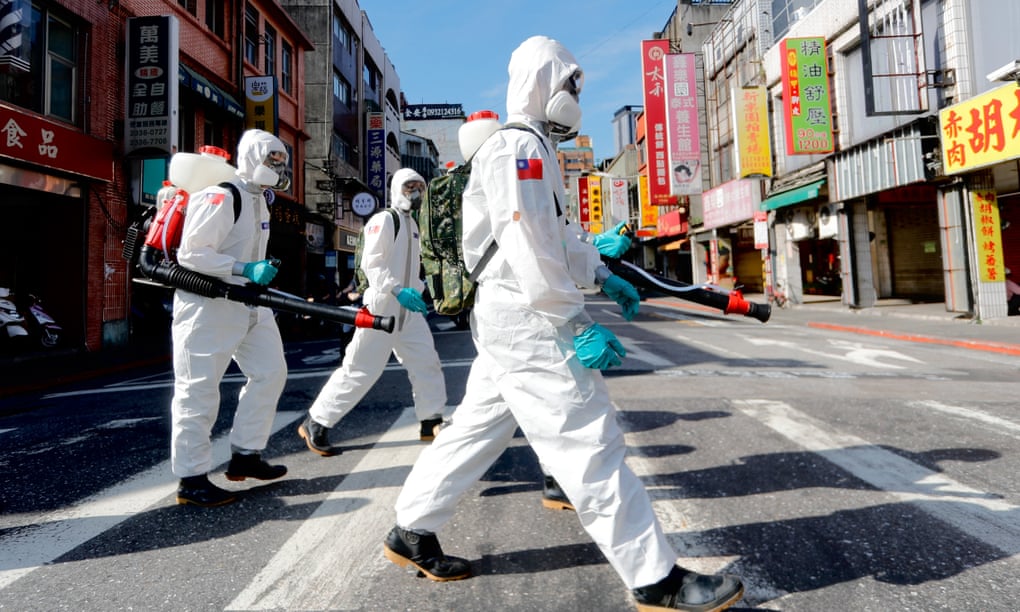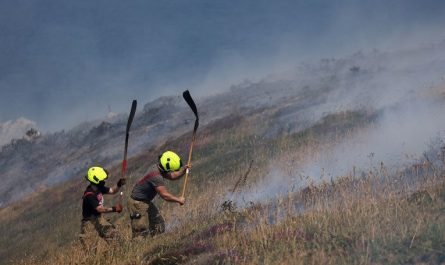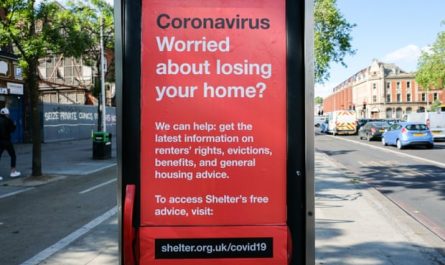While the greater part of the world endured a huge number of cases and a great many passings from Covid-19, the 23.5 million individuals in Taiwan generally carried on with an ordinary life, on account of a very much recorded solid and early reaction that saw it go 250 days without a solitary nearby case. It campaigned for consideration in the World Health Organization’s dynamic body off the rear of its certain achievement and ability under the motto “Taiwan can help”.
However, presently the tables have turned and the actual island needs help, after a flare-up that began among aircraft staff in April spread across the island. The public authority seems to have been gotten short by something it thought could never occur: the perfect example for episode avoidance had clearly neglected to completely set up a flare-up reaction.
It has so far recorded in excess of 11,000 cases and 260 passings, over 90% of them since mid-May. Influenced by insufficient orders, worldwide deficiencies and international affairs, it has immunized less than 3% of its 23.5 million individuals. The president, Tsai Ing-wen, on Monday gave a transmission address from her office to guarantee a populace at its second-most noteworthy alarm level that 750,000 immunization dosages guaranteed by the US would show up soon.
‘We thought perhaps we could contain this’
Various wellbeing and social specialists told the Guardian that as the infection spread in waves around the world, specialists hadn’t stayed aware of new logical information around harmful new strains, the significance of ventilation to battle aerosolised spread, the viability of mass testing, or the models set by certain nations of securing hard and early. Some felt Taiwan had become “a casualty of its own prosperity”, even smug.
Prof Chen Chien-jen, from the Academia Sinica genomics research focus, says specialists thought they had the pandemic leveled out with their contact-following framework and exactness testing, however were tested by the quicker spread of the Alpha strain, first distinguished in the UK, and overpowered after a super-spreader occasion on 9 May – Mother’s Day on the island.
“We thought perhaps we could contain this at a limited scale, yet the infection is truly horrendous,” says Chen, who was Taiwan’s wellbeing clergyman during the 2003 Sars episode and now counsels for the public authority.
Taiwan’s focal plague war room (CECC) says it has counseled worldwide specialists and governments all through the pandemic, to expand on existing strength, update its methodologies and screen accessible assets, yet yields: “While we have been compelling in line controls, there is in reality opportunity to get better in homegrown anticipation endeavors.”
Prof Chi Chunhuei, the overseer of Oregon State University’s middle for worldwide wellbeing, says: “At first the public authority was found napping, by the actual episode as well as the scale, so they are scrambling to assemble all assets to contain the flare-up, including emergency clinics and testing offices.
“One of the issues is the vast majority in Taiwan have been somewhat ruined.”
Chi says 11 months of life as typical and four near calamities (a visit by the Diamond Princess, a Taiwanese Navy vessel episode, a contaminated pilot in December, and January’s Taoyuan clinic bunch) left the local area and the public authority “pompous” in their capacities to contain flare-ups. Indeed, even while there was local area spread, individuals pressed out cafés and went for Mother’s Day.
Ten days after, on 19 May, the CECCreported 264 new cases and requested Taiwan into a level 3 alarm of a four-level framework, restricting social events, ordering public cover wearing and shutting diversion organizations and schools, yet permitting eateries to proceed feast in administrations. It urged managers to build up telecommuting courses of action yet didn’t authorize it, and didn’t promptly declare monetary backings for telecommuters or carers.A key complexity has been the failure to completely dissect patterns, because of a build-up of a huge number of test results from 169 overpowered quick testing stations and PCR testing measures. Taiwan didn’t see the need or have the limit with regards to mass testing.
By late May, the accumulation was beginning to clear, reflectively adding many cases to earlier days’ aggregates and inciting some to address if Taiwan ought to have gone into stricter lockdown at that point.
“It was so upsetting from an information investigation perspective,” said Chase W Nelson, a Taiwan-based computational scientist at Academia Sinica.



